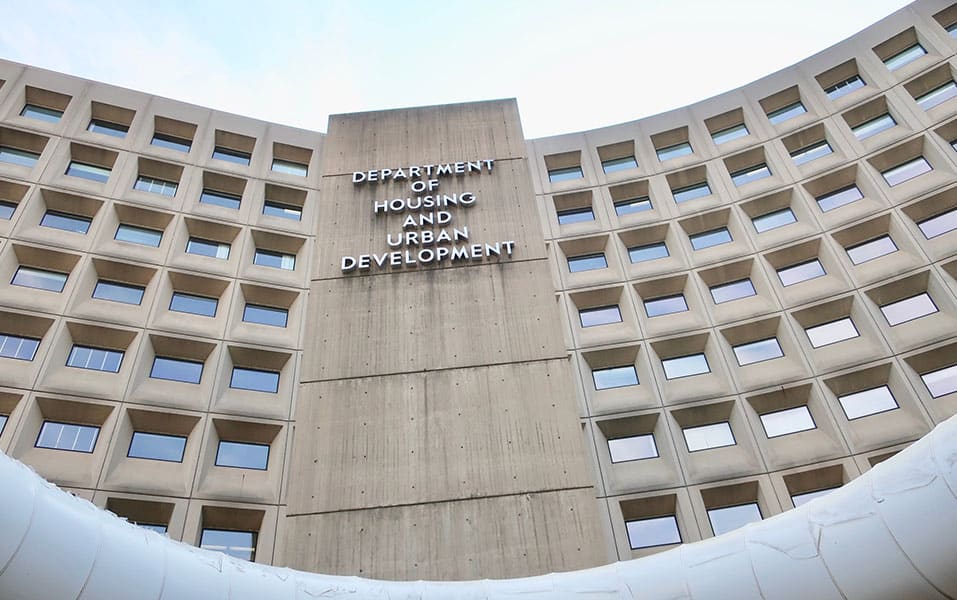While it’s not news to most Americans that rents have been rising precipitously for the last five to ten years, it will likely come as a pleasant surprise for folks to learn that HUD has taken bold action to increase its Fair Market Rent computations in an attempt to abate the issue.
On September 1, the HUD Press Office released the FY 2023 Fair Market Rents. While typically these numbers increase by between 2-4%, depending on the area in question, this year’s rents are up by an astounding 10%, on average. This large increase will make it easier for low-income households to secure a place to call home.
Federal law requires that Fair Market Rents be determined on an annual basis. FMRs represent how much rent costs at the 40th percentile in a given area. Typically, HUD uses data from the 1-Year American Community Survey (ACS), along with other factors, such as inflation, to make its calculations. This year, the 2020 ACS faced data quality challenges. That, compounded by the COVID-19 pandemic brought the methodologies into question. For FY 2023, HUD examined the broader, 5-Year ACS and incorporated any available private sector data that contained information about actual rents across the country.
Fair Market Rents factor into many affordable housing decisions. They are the basis for determining “payment standards” used by the Housing Choice Voucher program to calculate the maximum amount of subsidy the Public Housing Authority (PHA) may provide for a voucher holder. HUD Multifamily (MFH) Program offices use FMR data in determining renewal rents for expiring project-based Section 8 contracts and in initiating Single Room Occupancy (SRO) Moderate Rehabilitation rents. The HOME program uses FMRs as a standard for rent ceilings, and other programs rely on the data for other, similar functions.
Recently, voucher holders have been losing their vouchers before they even get a chance to secure a unit. Rents commanded by private landlords have been above how much the PHA is able to pay, which renders the voucher essentially useless in many markets. Secretary Marcia Fudge reminds us that “one of the reasons that housing voucher holders are unable to use [their] vouchers is because the value of their vouchers has not kept up with rapid rent increases. These new FMRs will make it easier for voucher holders facing this challenge to access affordable housing in most housing areas.”
The new FMRs will have a great impact on the nation’s affordability and housing crises once they are in effect beginning October 1. PHA and MFH stakeholders will be able to house more of the most vulnerable Americans than before, landlords will be able to fill their units with eager tenants, and HUD will continue to further its goal of providing decent, safe, and sanitary housing for all.

